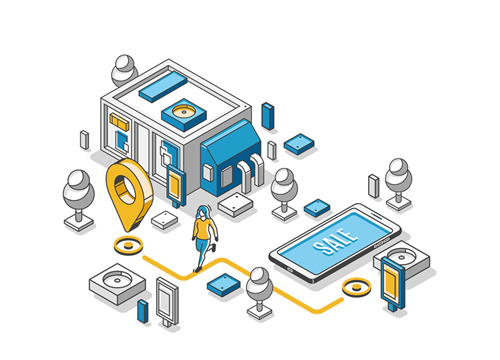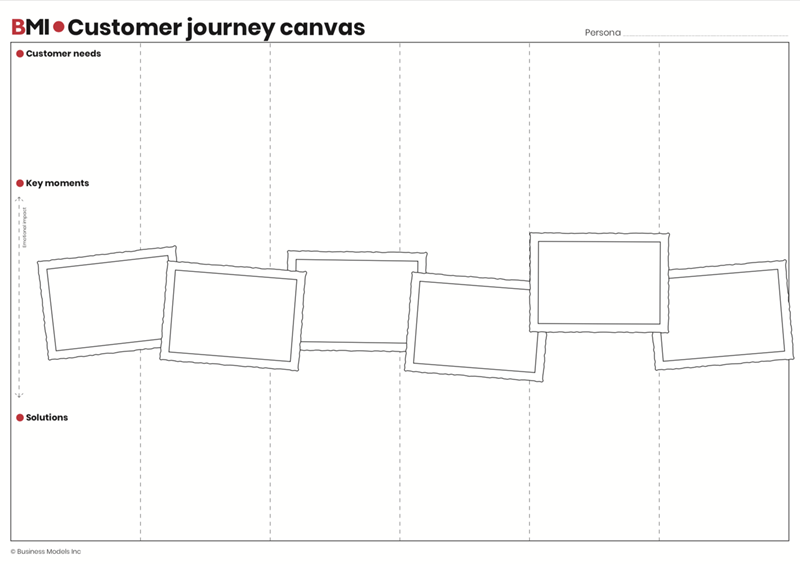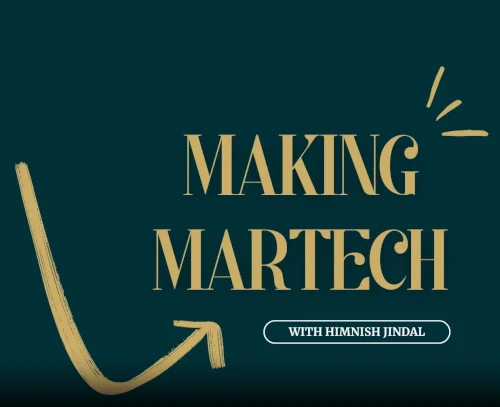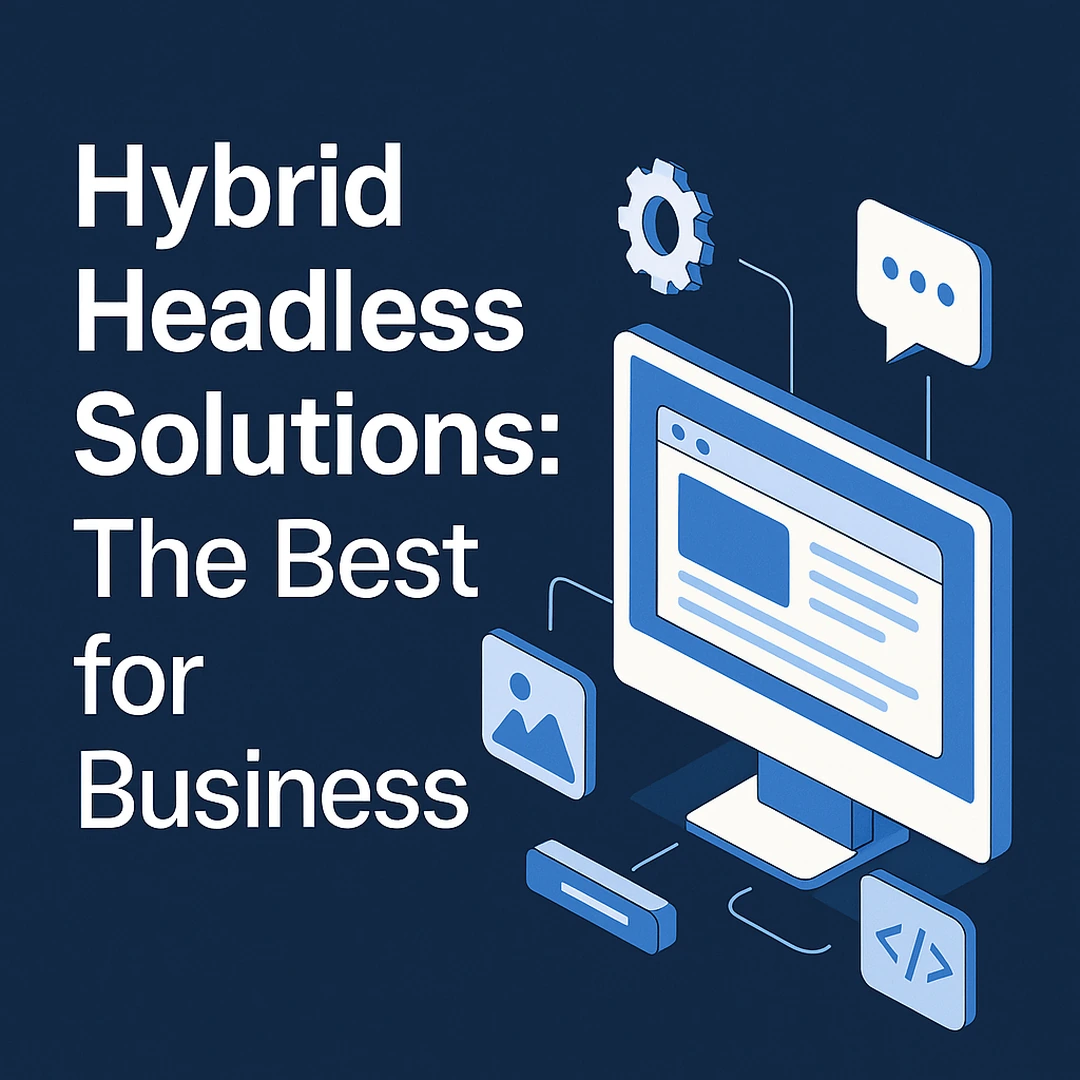Get your free consultation today!
Share with your Colleagues
Categories
ROI Calculator
Moonstone Interactive is the only San Francisco Bay Area web design firm and Internet Marketing expert that offers a free online ROI Calculator
Author: Christin Nolasco

When’s the last time you made an online purchase? How did you find out about the product/service that you purchased?
The online customer journey is essential for companies to understand what their customers want and how they want to achieve it. At any given point in time, it follows customers as they go through a company’s digital touchpoints and provides insights into the actions that customers take before making a decision.
Over time, companies have increasingly invested in technology that provides content personalization. However, not all of these companies implement this technology alongside the customer journey. This can create a disjointed purchasing experience for customers because it’s essential to your map content to your audience behavior.
What is a Customer Journey?
So. What exactly does an online customer journey consist of? The names may vary, but it generally focuses on five key stages. You can use these five key stages to gather relevant data and align different types of personalization to each stage of the customer journey.
Awareness
How does the customer become aware of your company or product/service? This can be accomplished through advertising, marketing, and social media.
- Search Keywords
- Referring Website
- Campaign Parameters
- Landing Page
- Location
- IP Address
- Demographics
- Company Name
- Time of Day
- Type of Browser
Consideration
This is the point at which a customer is considering purchasing your product/service. They may consider the company’s reputation through blogs, reviews, or word-of-mouth.
- Persona Classification
- Purchase Intent
- Conversion Propensity
Purchase
If the customers get to the point of purchase, this is where they convert from a lead to a sale. This is accomplished through online booking and making payments for the selected product/service.
- Straightforward Navigation
- Relevant Promotions
- Data Gathering
- Email Personalization
- Data Access
Engagement
How did the customer enjoy their experience with your company? This is where content personalization really ties in. If the content is irrelevant, you’ll likely lose the customer as a lead and a sale.
- Purchase History
- Address
Advocacy
What were the customer’s post-purchase expectations versus the customer’s post-purchase outcomes? A positive impact on the customer will instill customer advocacy and loyalty either by being a repeat customer, writing positive reviews, or sharing their experience through word-of-mouth.
- Customer Satisfaction

Image: Business Models Inc.
How CMS Impacts Customer Journey
As we discussed in a previous article, choosing the right content management system (CMS) is essential to achieving your content goals and fulfilling customer outcomes.
Each stage of the customer journey presents personalization opportunities to offer different content aligned to the specific characteristics of each person—if you know which data to capture and use for higher customer engagement and a better overall customer experience.
It’s becoming increasingly important to focus on personalizing every interaction across every channel. More sophisticated CMS platforms can help identify personas. Personas are generalized representations of your different customers based upon your research and can help you deliver personalized website content based on where those customers are in their path.
Key Strategies to Leverage
Use a customer journey map to customize each of the five stages to your business.
- Define a Persona
- Identify the needs, behaviors, and attributes of your best customers. Group the customers into similar clusters of characteristics as your personas. Decide whose journey you are going to map to specifically describe that persona’s experience at various touchpoints during their life cycle with your business.
- Determine Customer Engagement Stages
- Consider the process it takes from discovery all the way through buying your product/service. Based on the chosen persona, define the specific stages your customer experiences with you over time. Include how, when, and where they: discover your company, research your products/services, choose you over competitors, purchase from you, and maintain a relationship with you.
- Describe Customer Touchpoints
- Identify your points of customer contact or of influential action from start to finish, including finding your business online, reading reviews, visiting your website, or contacting customer service.
- Conduct Customer Research
- For each stage go deeper and identify: goals and expectations, feelings and thoughts, touchpoints used, and time spent in each interaction.
- Determine Points of Friction
- Identify if there's friction at any particular touchpoint, if customers are abandoning purchases, or whether customers are not aware of solutions you already provide.
- Resolve Opportunities to Improve Customer Experience
- Identify a few opportunities to boost engagement and improve the customer journey, ultimately improving the overall customer experience and increasing ROI.
Use content management best practices that solve the challenges of personalization and support the customer journey. For greater efficiency and effectiveness, use an enterprise-level integrated CMS platform, such as Kentico CMS or Optimizely CMS.
- Use Structured Content
- Structured content means content that’s separated into independent fields or chunks, making its behavior more predictable. It can take longer to set-up but provides great scalability benefits for personalization.
- Separate Presentation from Content
- Have personalized content live independently and ready to be reused, keeping appearance and structure separate.
- Use Custom Classifications
- Look for systems that enable filtering by categories such as industry, geography, persona, client type and embed this in your information architecture.
- Focus on Personas as a Criteria
- Persona definition is a crucial step for any marketing effort and a way to ensure the buyers’ best interests. Focus on two to three personas to make it easy to think about separate messages. You can then increase the number of personas as needed based on what you learn.
- Integrate Data from All Channels
- Look at your customers’ experiences as the connected experiences they are. Use the connections between interactions on a mobile app, on the website, and through email to inform your personalization decisions.
- Set Identification as a Conversion Goal
- Commit to significantly increasing the number of known users you have in your system through form submission, white paper download, log-in, or any other method.
- Measure Personalization Against Goals
- Have a good mix of short- and long-term goals when you measure the effectiveness of personalization—from the download of an asset or a webinar registration to a sale and customer lifetime value.
Start Personalizing Your Content
The online customer journey has many roads. Each road provides a plethora of data to gather and opportunities to uncover.
If you don’t yet have a customer journey map, you should now have a better understanding of how to get started. A customer journey is essential to improving your marketing but without proper integration with content personalization, it’s not going to be as productive as you’d like.
Creating integrated strategies based on such a journey can be challenging. Even though leading companies, like Amazon, personalize the customer experience across the sales process, not all competing companies are taking advantage of the data available for such personalization.
Do you want to differentiate yourself in the market? As you shift your customer journey map into the realm of content personalization, you’ll start to see a significant uptick in measurable website metrics such as traffic, leads, and conversions.
Moonstone Interactive can help you get a step ahead and set the groundwork for an optimized content plan using your customer journey and content personalization. Let's chat about how we can improve your results.
.webp?ext=.webp)

